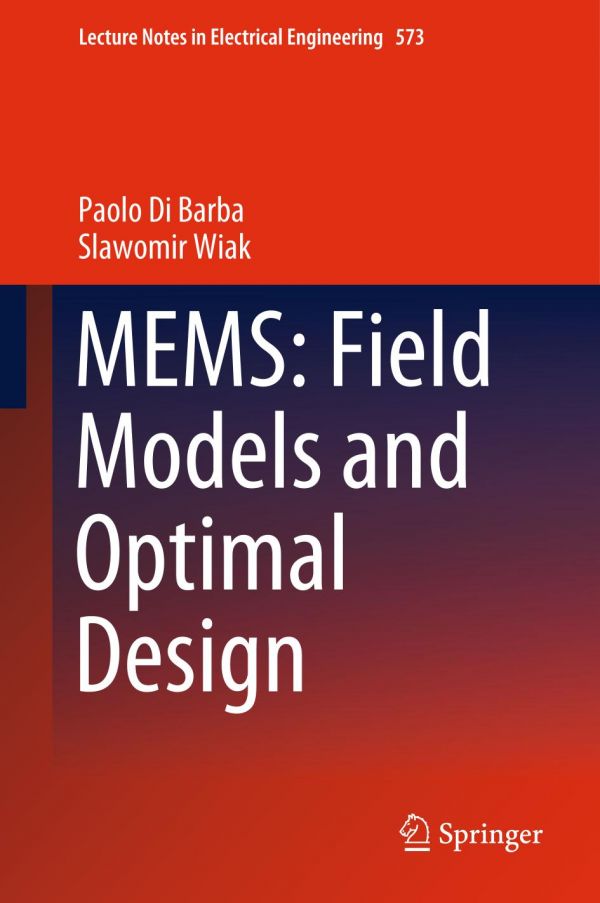

Most ebook files are in PDF format, so you can easily read them using various software such as Foxit Reader or directly on the Google Chrome browser.
Some ebook files are released by publishers in other formats such as .awz, .mobi, .epub, .fb2, etc. You may need to install specific software to read these formats on mobile/PC, such as Calibre.
Please read the tutorial at this link. https://ebooknice.com/page/post?id=faq
We offer FREE conversion to the popular formats you request; however, this may take some time. Therefore, right after payment, please email us, and we will try to provide the service as quickly as possible.
For some exceptional file formats or broken links (if any), please refrain from opening any disputes. Instead, email us first, and we will try to assist within a maximum of 6 hours.
EbookNice Team

Status:
Available0.0
0 reviewsThis book highlights numerical models as powerful tools for the optimal design of Micro-Electro-Mechanical Systems (MEMS). Most MEMS experts have a background in electronics, where circuit models or behavioral models (i.e. lumped-parameter models) of devices are preferred to field models. This is certainly convenient in terms of preliminary design, e.g. in the prototyping stage. However, design optimization should also take into account fine-sizing effects on device behavior and therefore be based on distributed-parameter models, such as finite-element models. The book shows how the combination of automated optimal design and field-based models can produce powerful design toolboxes for MEMS. It especially focuses on illustrating theoretical concepts with practical examples, fostering comprehension through a problem-solving approach. By comparing the results obtained using different methods, readers will learn to identify their respective strengths and weaknesses. In addition, special emphasis is given to evolutionary computing and nature-inspired optimization strategies, the effectiveness of which has already been amply demonstrated. Given its scope, the book provides PhD students, researchers and professionals in the area of computer-aided analysis with a comprehensive, yet concise and practice-oriented guide to MEMS design and optimization. To benefit most from the book, readers should have a basic grasp of electromagnetism, vector analysis and numerical methods.